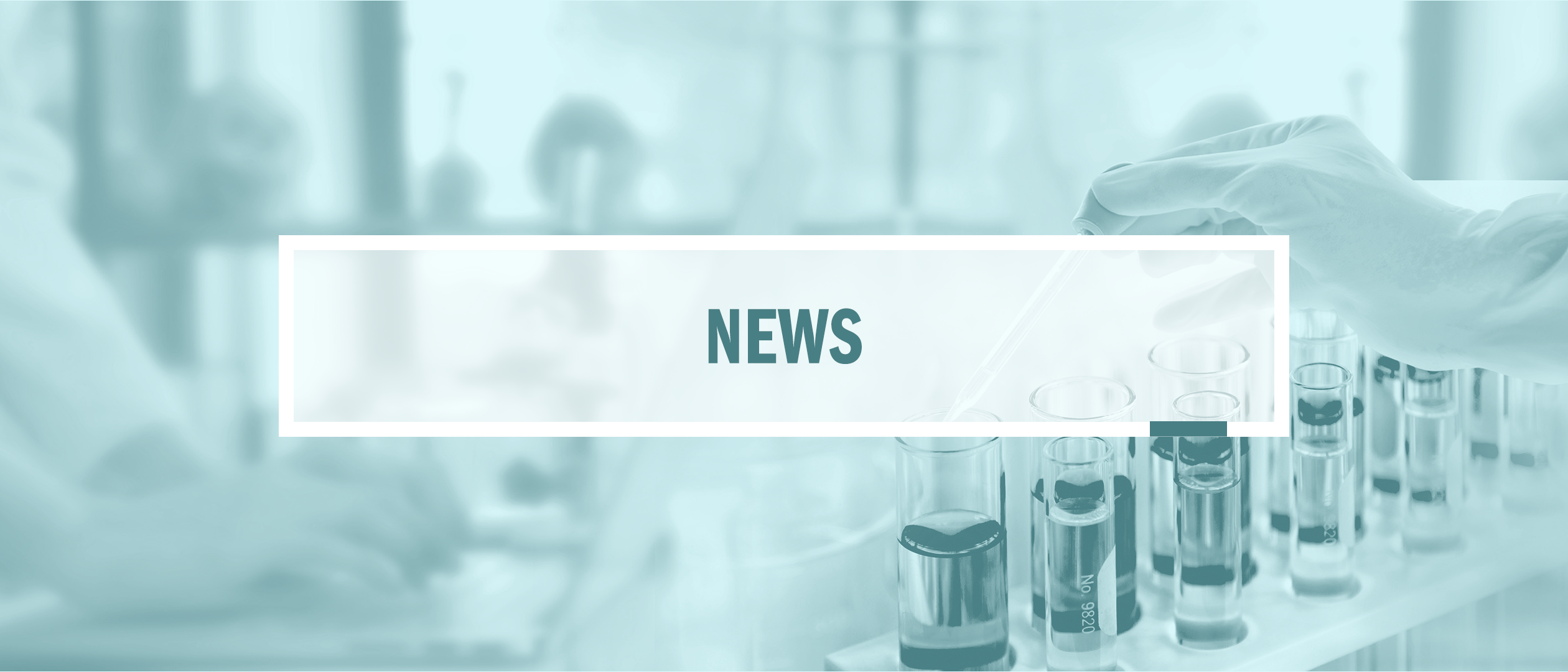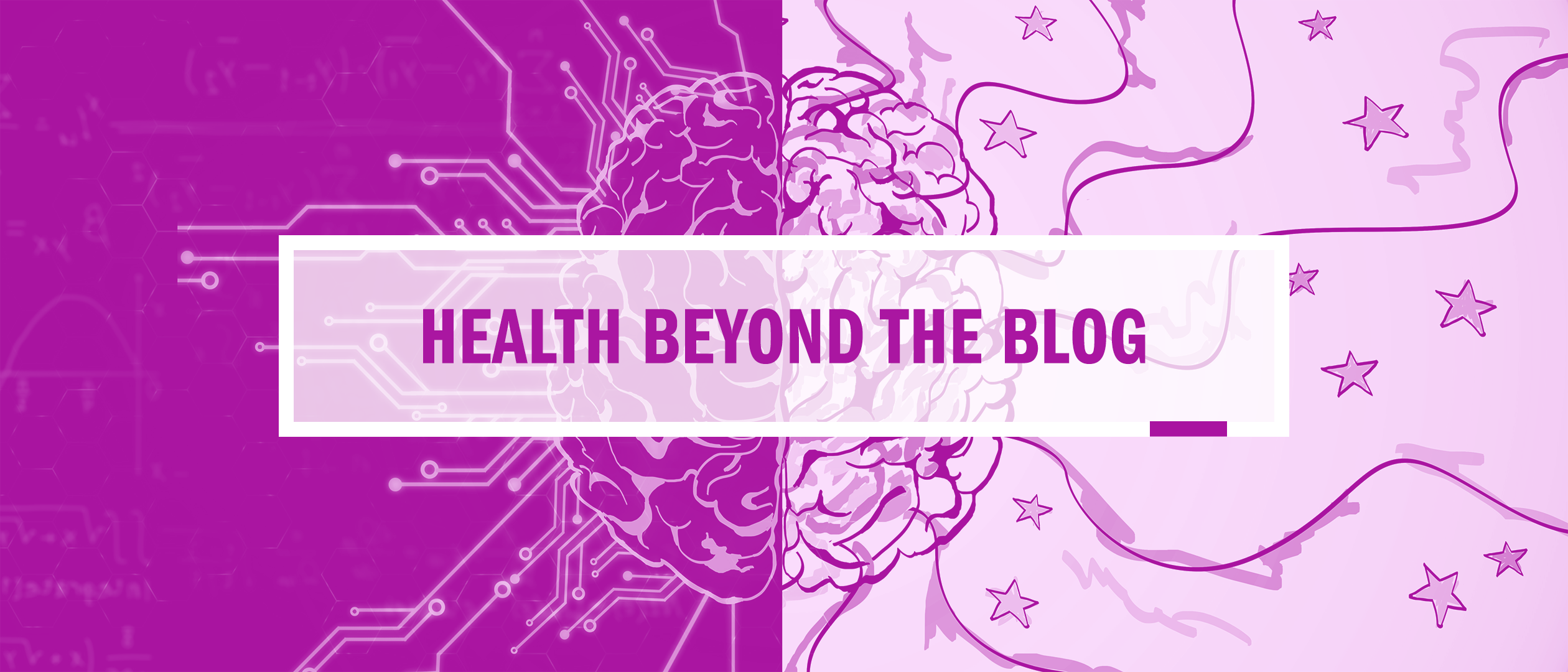New from the @EmoryCSHH News Team: Diemerging scientific insights into menstruation, learn about Scotland's decision to pause gender-related medications for minors, and explore why mental health and substance use disorders frequently remain untreated among parents on Medicaid.
Imagine a bank that accepts not money, but human saliva.
This is a biobank– a type of biorepository or ‘library’ that collects and stores human biological samples and their associated data for use in current or future research. Biobanks can collect samples of blood, urine, skin cells, organ tissue, saliva, or any other specimen taken from the body.[1]
There are dozens of types of biobanks, but researchers commonly classify them as either population-based or disease-oriented. Population-based biobanks store both biomaterials (genotypic data) and their associated characteristics (phenotypic data) such as demographic, lifestyle, medical, and environmental data. Population-based biobanks are “prospective” in that they focus on the study of the development of common, complex diseases over time. Disease-oriented biobanks, on the other hand, aim to discover and validate genetic and non-genetic risk factors of diseases. Disease-oriented biobanks can be either tissue or rare disease repositories, which collect valuable samples from a small number of individuals with low-prevalence diseases.[2]
Biobanks are emerging and growing amidst the era of personalized medicine, or precision medicine, in which there is an increased focus on research and clinical settings on treatment strategies based on a patients’ unique genetic profiles–as opposed to the traditional “one size fits all” approach in which all patients with the same diagnosis receive the same treatment.[3]
Since the late 1990s, biobanks have become an increasingly important resource in medical research, particularly in genomics and personalized medicine.[4] (In 2009, Time magazine included biobanks on their list of “10 Ideas Changing the World Right Now.” ) Biobanks collect samples and associated data from several dozens to several thousands of donors, and make the information available to researchers throughout the country and across the globe.
Bio-banks are allowing researchers to identify new biomarkers for complex diseases, by conducting genome-wide association studies (GWAS) using large collections of samples. The wide reach of data collection and the relative ease of accessing its information also give bio-banking the potential to hasten drug discovery and development. Today, bio-banking is an increasingly common feature of clinical research trials.[4]
While biorepositories in some form have existed for over a century, only within the past decade have biobanks grown large and comprehensive enough to facilitate larger-scale research.[1] In the past ten years, small collections of samples have become large repositories as governments and industries have begun to invest heavily in biobanks.[2] In 2016, the National Institutes of Health (NIH) launched the Precision Medicine Initiative (PMI) which included a $130 million grant to develop All of Us, a large prospective biobank of biological samples and personal health and lifestyle information from participants from all walks of life. Today, the All of Us project has collected samples from over 1 million Americans.[2]
As the field of bio-banking grows, however, so do concerns about legality, privacy, and ethics. Who owns the data derived from donor samples? How can donors give informed consent if their samples may be accessed for unknown uses years in the future? Is it ethical to collect samples from vulnerable populations if they may not benefit directly from the research to which they are contributing? How can donors give informed consent if their samples may be accessed for unknown uses years in the future? Is participant data adequately protected under confidentiality? How should researchers deal with incidental findings (i.e., the discovery of a previously unidentified medical condition during investigation for another condition)? These are just a handful of the questions and issues surrounding biobanks that remain unsolved.
Some have proposed the solution of having donors give a broad ‘blanket consent’ that allows their samples to be used in future research for a variety of purposes. Many legal experts, however, worry that a move toward ‘blanket consent’ will not be able to capture the diversity and complexity of issues that arise with bio-banking.[4] For instance, what if your sample is used for research you ethically do not agree with? Is there a mechanism through which one can withdraw consent, which is a requirement for most research protocols?
As the field of bio-banking grows, however, so do concerns about legality, privacy, and ethics.
While scholars agree on the importance of establishing guidelines around consent, ownership, and privacy, there is still no consensus on many key issues.[5] And, as a 2017 analysis warned, “there is little reason to think that a consensus will coalesce in the future.” Further, while guidelines are certainly important to consider, some researchers worry that too-strict policies surrounding bio-banking will inhibit research.[6]
Despite ongoing conversations about privacy and data ownership, biobanks are here to stay. As biobanks continue to grow and expand in the US and around the world, new understandings of complex diseases, and drug therapies for a host of conditions, may soon be within spitting distance.
References:
[1] Siwek, M. (2015). An Overview of Biorepositories–Past, Present, and Future. Military Medicine Vol. 180, October Supplement.[2] Paroti, B. (2015). Biobanks: A Definition. Ethics, Law and Governance of Biobanking, 8(277).
[3]Kinkorova, J. (2016). Biobanks in the era of personalized medicine: objectives, challenges, and innovation. Springer EPNA Journal, 7(4).
[4] Caulfield, T. (2007). Biobanks and Blanket Consent: The Proper Place of the Public Good and Public Perception Rationales. King’s Law Journal, 18(2), 209-226.
[5] Caulfield, T., Murdoch, B. (2017). Genes, cells, and biobanks: Yes, there’s still a consent problem. PLOS Biology, 15(7).
[6] Hofman, P., Bréchot, C., Zatloukal, K., Dagher, G., Clément, B. (2014). Public—private relationships in biobanking: a still underestimated key component of open innovation. Virchows Archiv, 464(1), p. 3-9.


